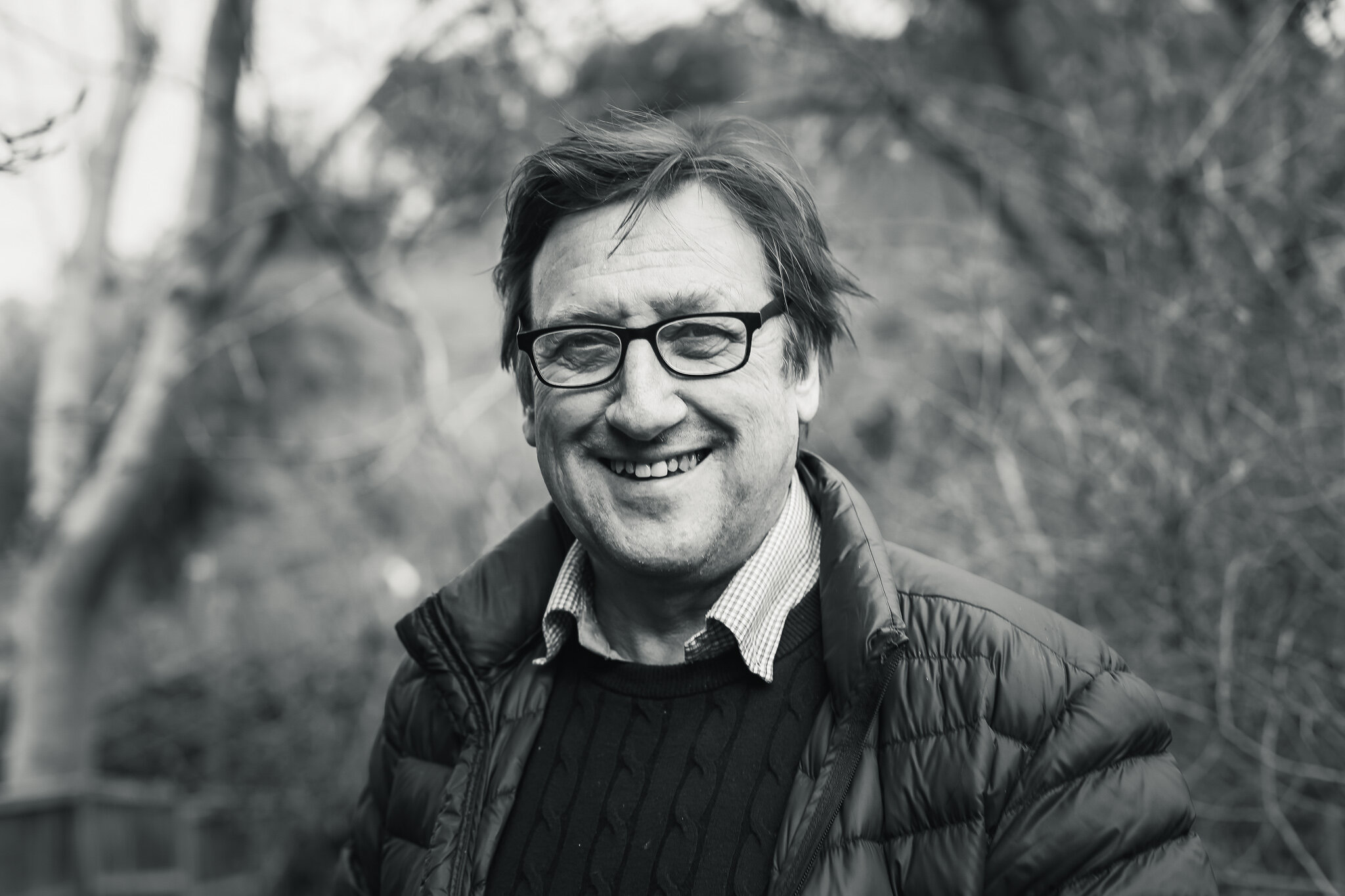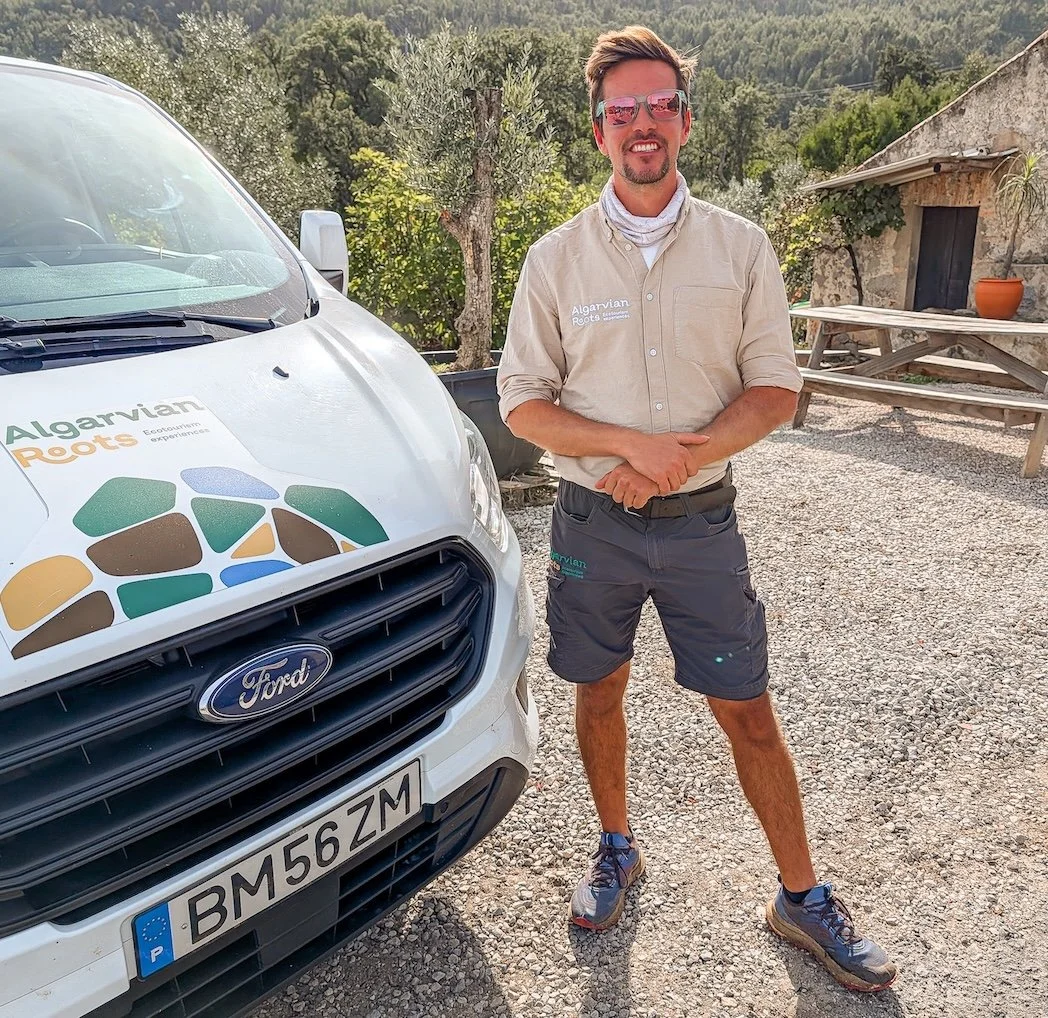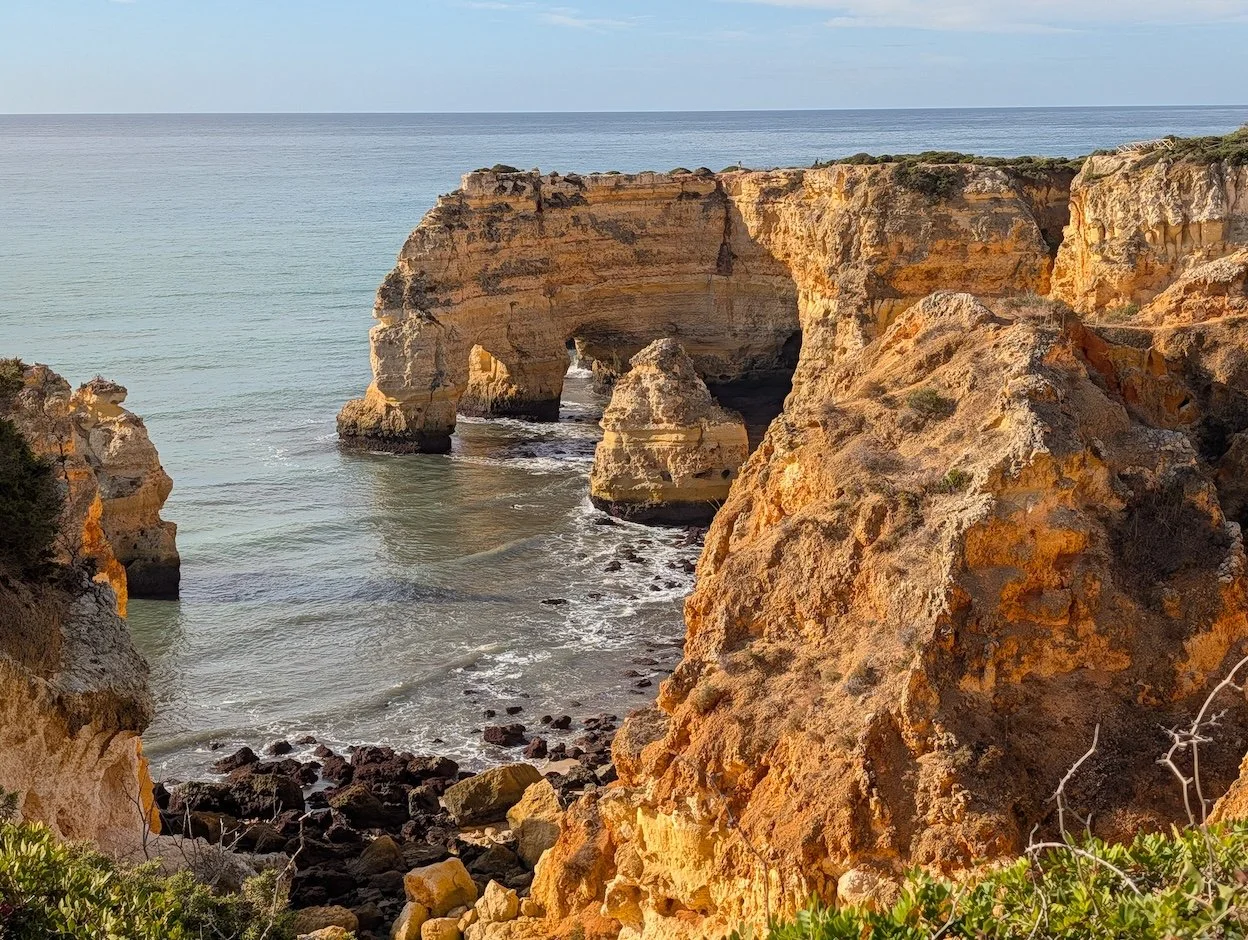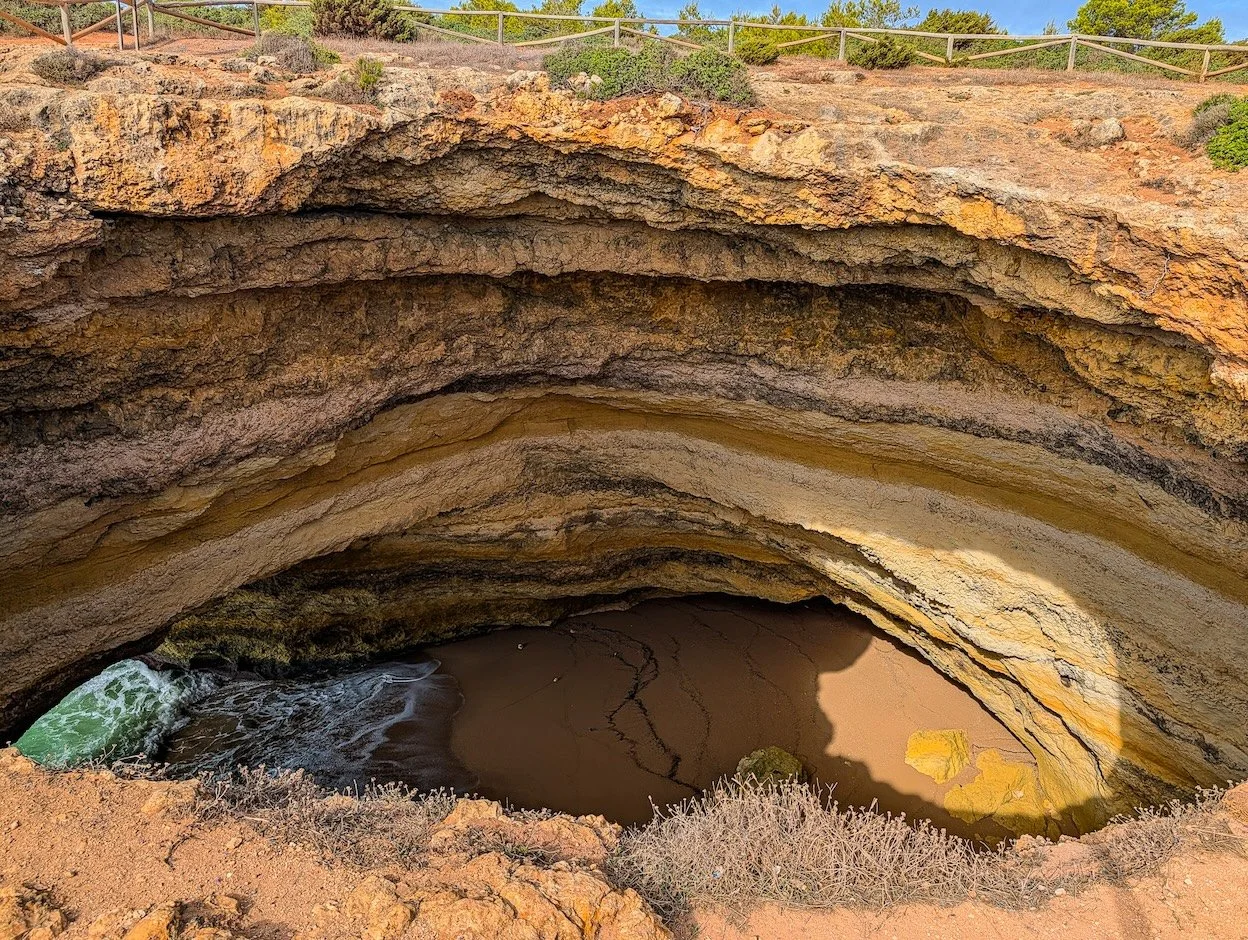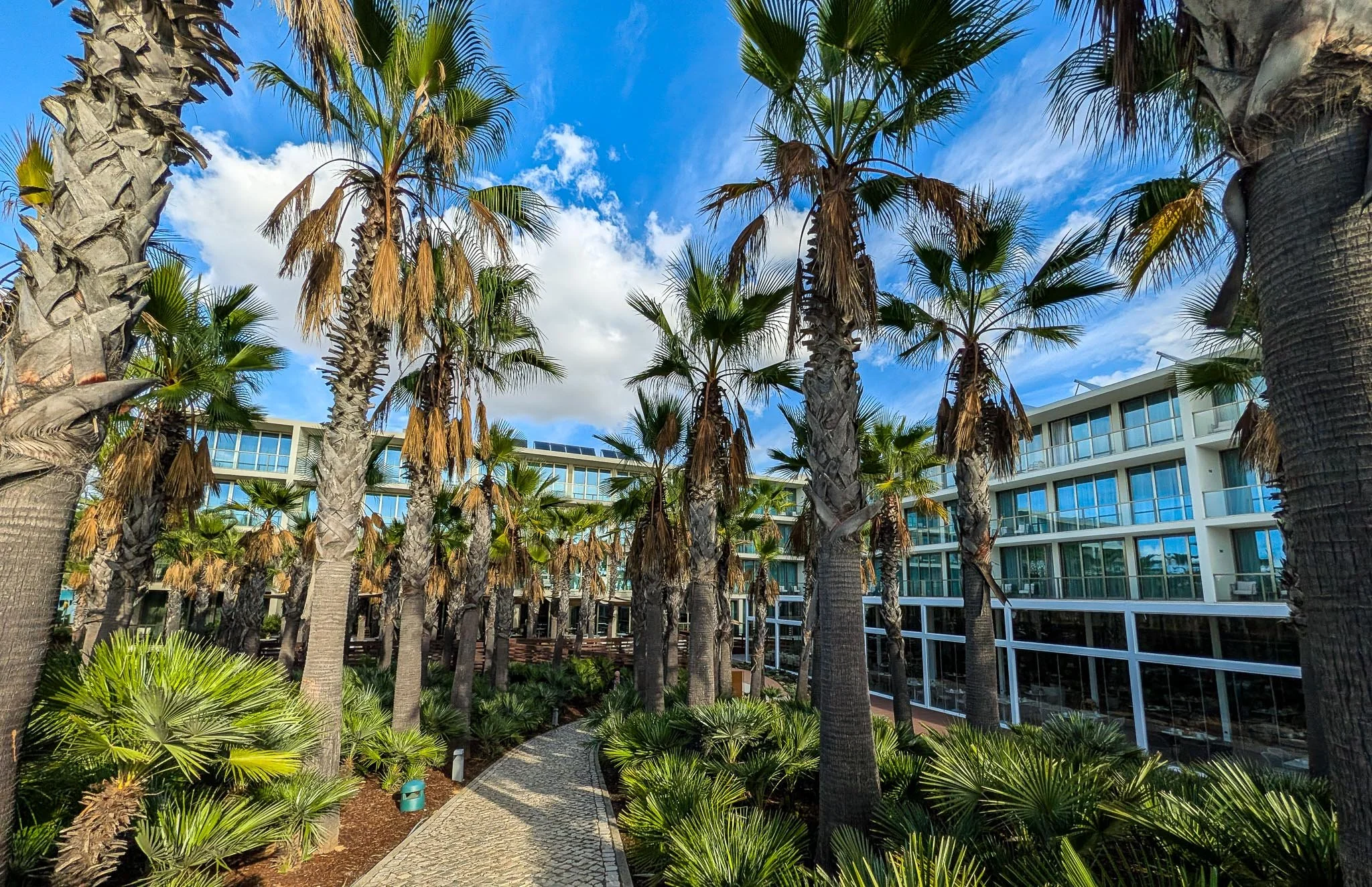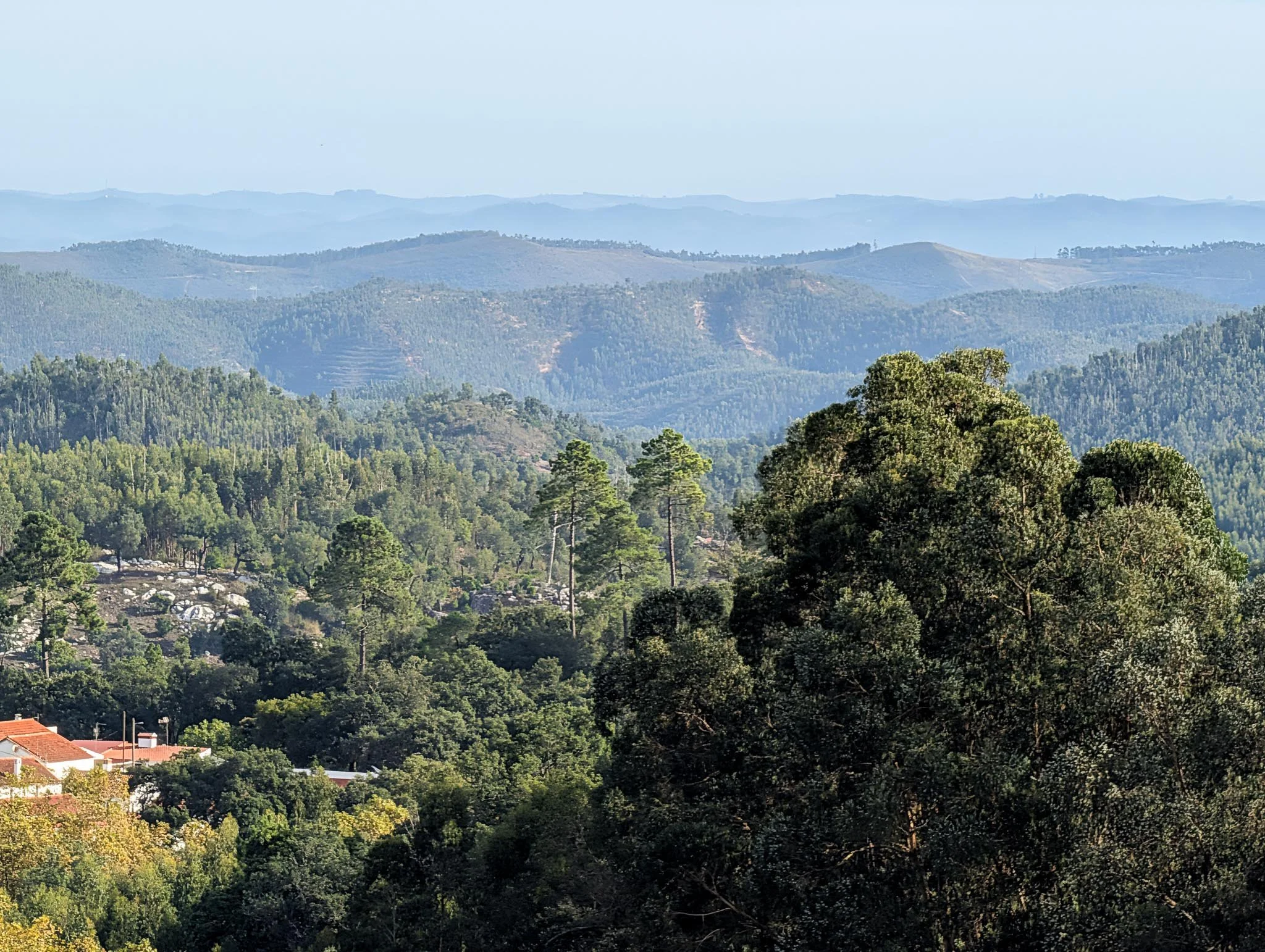Exploring the Algarve Beyond Beach and Golf: Walking Festivals, Countryside Adventures & Authentic Culture
Discover the Algarve’s Hidden Heart
Some places have a kind of instant reputation - you hear the name and straight away you think of the things for which they’ve become renowned. In the case of this article, I’m talking about the golf-courses and beach-resorts of Portugal’s Algarve. And if this theory needed any proof, I can tell you that my flight from Bristol last week was filled with golfers and seekers of winter sunshine.
The town of Monchique
Nothing wrong with that. If you’ve got it, flaunt it. I don’t play golf, but I’m sure the Algarve has some great courses - as for good beaches, the south-west corner of Portugal has some of the best in Europe. But, the Algarve is about far more than just 18-holes and seaside resorts.
It has countryside. A lot of very beautiful countryside, as it turns out - swathes of which are rarely visited by tourists.
Algarve coast
Walking Festivals and Algarve Off-the-Beaten-Track
Which is the reason I was there last week. The Algarve tourist board sent me an invitation which basically said: “Come and find out about life off the beaten track. Yes, we are internationally renowned for our tourism offer, but we’d like people to know about our countryside which, out of the heat of high season, is wonderful for walking.”
Walkers in the Algarve
In recent times the Algarve has inaugurated not one, but five different annual walking festivals. I was there to take part in one of them, based in the village of Barão de São João, and also to enjoy other hikes in the region.
Barão de São João: Art, Forest Trails and Rural Algarve
Barão de São João is a rather artistic and bohemian community located inland from the popular coastal town of Lagos. It’s a lovely place, known for its rustic beauty and tranquil atmosphere, and the surrounding area is perfect for hiking and biking.
Barão de São João
The neighbouring Mata Nacional de Barão de São João (National Forest) lends itself to nature walks and the village is well known for art festivals and a popular monthly flea market.
Walking in Barão de São João forests
I liked the place. It reminded me of several laid-back rural communities I know in California. But there was another not so pleasant similarity - the constant danger of forest fire. You can see the damage caused by a massive recent conflagration above Barão de São João - one so large, I recall seeing it on BBC TV news. It is something you quickly become aware of while walking in this region - the fear of wildfire is very real indeed - all manner of measures are being taken in a bid to lessen the threat, but sometimes while hiking around the area I got the feeling that there’s underlying message that says: “Enjoy all this natural beauty while you can.”
Fire damage near Barão de São João
Climate Change, Rewilding and a Changing Algarve Landscape
The Algarve is bracing itself for climate change - a phenomenon which, of course, is already happening. So I can appreciate why local nature-lovers want people to enjoy their wonderful countryside - the more treasured and valued something is, the more it will be protected. And there are measures which can be taken. In hot southern European areas where wildfires are an existentialist threat, there are holistic remedies which can help reduce the threat. For example, I saw a large area on the slopes of Monte Fóia, the Algarve’s highest point (2,959 feet), located in the Serra de Monchique range, which is being re-wilded by the community in order to reinstate a more natural landscape that will not burn as fiercely or as as easily.
Part of the problem is the ubiquitous eucalyptus tree - an invasive non-native species which is full of natural oils and which burns so hot during forest fires it will sometimes explode. That is a problem for Portugal’s lovely, indigenous, cork oaks - they’re equipped to survive the kind of wildfires that have been sweeping the region for centuries, but when neighbouring eucalyptus are burning, they get fried like everything else.
Walking, Food and Culture in the Serra de Monchique
Not that any of this should put you off visiting this most lovely of countryside regions. The mountainous area around the charming town of Monchique, for instance, is extremely scenic and full of interest. We enjoyed a superb walk there as well as a magnificent Sunday lunch in a wonderful restaurant called A Charrette. A crowded and traditional watering hole specialising in local cuisine. Pig’s cheek, slowly stewed in olive oil? Yes please. Venison with prunes? Count me in. Proper local autumn food.
Food at A Charrette so good I started before photographing
Monchique Chestnut Festival: Authentic Algarve Traditions
Later that day, after a walk through the adjacent cork forests and village gardens, we strolled back into town only to discover that the Monchique Chestnut Festival (Festa da Castanha) was in full throttle. This is a chestnut producing area and it hosts an annual celebration of this delicious woodland product. We could smell smoke, hear music and see crowds entering a doorway in a low wall, so we joined in and found ourselves in a public park laid out in terraces. These were filled with townsfolk, all gazing down towards lower levels where a couple of rectangular shaped bonfires were being tended by men with rakes.
Monchique Chestnut Festival
The air was filled with the smoky, sweet scent of castanhas assadas (roasted chestnuts), being cooked over dried bundles of the carqueja bush. Every now and again the men would rake back the flames so that people could grab themselves a handful of charred and cooked chestnuts. A lady shoved a brown paper bag into my hand and invited me to join in, which I did most happily because I am a huge fan of these sweet-savoury nuts when they’ve been roasted properly.
Algarvian Roots: Guided Hikes, Wildlife and Authentic Encounters
Francisco Simões, Algarvian Roots
Throughout this trip with other British travel journalists, we were escorted and generally looked after by an excellent guiding company called Algarvian Roots. The young but experienced owner, Francisco Simões, told me… “ If you are one of those tourists just going to the beach or playing golf, you are not seeing the authentic Algarve region. We work around the year, but mostly outside of the summer time, and what we do is guided hikes around the most natural and well-conserved areas - in the hills, in the mountains, along the sea-cliffs - as well as lead bird-watching trips around the lagoons.
“We also try to show how the local people are living, and that is partly what makes what we do so authentic and different.”
Olive Oil, Ceramics and Local Craftsmanship
Which really does tick a lot of boxes for me. To take one example, Francisco took up us into the hills beyond Monchique to meet a remarkable young man who runs an olive oil pressing business that’s been in his family for generations.
The hard-working Miguel Bigodinho makes some of the best olive oil in Europe - a sweeping statement, but one I believe to be true. He took us around is ancient oil presses to show us how he makes the extra virgin stuff the old-fashioned way. It takes more time, costs more to produce but, my goodness, it’s worth it. Olive oil is a moody beast - it can oxidise easily and any slight overheating can also effect its flavour - but Miguel has age-old techniques which help him to bottle liquid gold.
Olive oil man Miguel Bigodinho
Franciso also took us to meet his mother, Margarida Palma Gomes, a skilful woman who works in the region’s traditional ceramics industry.
Tile painting with Margarida Palma Gomes
Her shop, which is run as a sort of local cooperative, is in the historic town of Silves, famous for the massive castle, which still rules the local roost to this day. Painted ceramic tiles are a big thing in Portugal, and Margarida taught us how to prepare one of our own. Mine now has pride of place in my kitchen.
Olive Oil tasting
Exploring Silves Castle and Algarve Wildlife Projects
The town itself is a must-visit place if ever you’re in the Algarve. The big castle alone is worth the trip, and modest entry fee which (just a few quid) is a fraction of what you’d pay to visit such a place in the UK. The vast pile is ringed by ramparts and stuffed full of history - a lot of which, unsurprisingly, focusses on the comings and goings of the Christians and Moors.
Also in the castle you can learn about how the Iberian lynx is being re-introduced to the wilder parts of the Algarve, alongside several other exciting environmental projects that are being carried out in the rural areas.
Seven Hanging Valleys Walk: Portugal’s Iconic Coastal Trail
On another sunlit day, Algarvian Roots took us down to the sea-shore so we could enjoy the amazing Seven Hanging Valleys coastal path from Praia da Marinha to Farol D’Alfanzina. This rugged, up-and-down, four-mile section is part of a much longer coast path that stretches for miles along the Algarve’s southern littoral. However, the Hanging Valleys is reckoned to be one of the best bits. “Hanging” by the way, because this coast is made of soft golden limestone and the sea has burrowed under the cliffs to produce enormous blow-holes which line the bottom of several of the valleys.
Having walked it, I am not surprised that the path is reckoned to be one of the most scenic in Portugal. It’s as exciting a coastal walk as I’ve done anywhere, which is saying something. Think: gold-coloured cliffs, endless sea-caves, waves which really are true turquoise, and stunning viewpoints every fine minutes of the way.
All of which means this part of the coast is highly popular - thankfully, the majority of visitors are out on the waves, being blasted up and down the shoreline in speedboats. The Benagil Caves halfway along the route are said to be one of Portugal’s most iconic natural wonders.
Winery Visit and Local Food at Morgado do Quintão
After the hike we travelled inland to the Morgado do Quintão, an excellent local winery that serves a lunch of local delicacies for those who make a booking in advance (salt-cod fritters and a slow-cooked pork and garlic stew).
Food at https://www.morgadodoquintao.pt/
Our visited was hosted by two first-class hotels - The Westin Salgados Beach Resort and the Monchique Resort and Spa. The first is located on the coast and set in its own palm-strewn gardens next to a lagoon nature-reserve full of board-walks. The second is up in the Monchique hills and enjoys wonderful views.
And when I say first class, these are really good hotels. Both have large, comfortable and well-equipped suites. Classy, but not costly. Prices at the Westin in spring 2026 start from £128 per night based on two adults sharing. At the same time, a stay at the Monchique Resort and Spa starts from £163 per night.
Why I’d Return to Algarve’s Countryside
Now I’ve explored it a little, I’d happily return to the Algarve at the drop of a hat - especially seeing there are regular flights from Bristol to Faro. Not so that I could sunbathe myself stupid, enjoy cheap booze and thwack balls around with iron sticks, but to see some of the loveliest countryside in south western Europe.
Fact File: Algarve Travel Planning Essentials
FACT FILE
Visit the Algarve Tourism website: https://visitalgarve.pt/en/
The Westin Salgados Beach Resort
Monchique Resort and Spa
Algarve Walking Season – useful walking guide for the region - www.algarvewalkingseason.com
Via Algarviana - www.viaalgarviana.org
Parking at Bristol Airport:
Martin uses Holiday Extras - the market leader in UK for airport parking, hotels, lounges, and transfers. Last year its customers saved an average of £196 per trip by booking their airport parking in advance.
Algarve interior countryside
